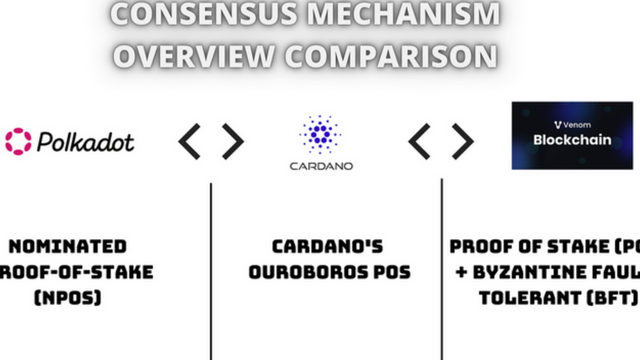.png)
Reversible block pending consensus refers to a feature of blockchain technology where blocks are not immediately considered final until a consensus is achieved. This allows for the possibility of reorganizing or reversing blocks in case of disagreement within the network. It is a mechanism that ensures the integrity and consensus of the blockchain.
The consensus process is inherently distributed. The process of achieving agreement among network participants on the current state. This is done in a decentralized manner where all nodes or participants in the network come to a common agreement even in the absence of a trusted intermediary.
The most popular consensus mechanism is Proof of Work (PoW). That requires a complex mathematical solution to verify transactions and generate new blocks. Another popular consensus mechanism is Proof of Stake (PoS). Validators are chosen based on the amount of stake they have in the network. Delegated Proof of Stake (DPOS). Proof of Authority (POA) Byzantine Fault Tolerance (BFT) . There are other consensus processes as well.
The consensus process ensures that all transactions added to the blockchain are valid and that no one can double-spend or manipulate data without the network's consensus. It is an important element of blockchain technology. Blockchain ensures security, transparency and immutability.
There are alternative consensus mechanisms that provide security benefits similar to Proof of Work (PoW). Below I give some examples.
.png)
Proof of Stake PoS selects validators based on the number of coins or "stakes" they hold in the PoS network, rather than relying on computational power. This eliminates the need for energy-intensive mining and reduces attack risk by 51%. Examples of PoS implementations include Ethereum 2.0 and Cardano.
Delegated Proof of Stake (DpoS) DPOS is a variation of PoS where token holders vote for delegates who validate transactions on their behalf. These representatives in turn form blocs and help ensure decentralization of the voting system. EOSIO is an example of a blockchain platform that uses DPOS.
Proof of Authority PoA relies on trusted verifiers to confirm transactions. Often a predetermined or known entity. Verifiers are usually required to provide proof of their identity and are held accountable for any malicious behavior. PoA is used in Ethereum sidechain projects like the POA network.
Byzantine Fault Tolerance BFT : BFT consensus algorithms aim to prevent Byzantine failures or malicious nodes in a decentralized network. Examples include practical Byzantine Fault Tolerance PBFT and Tendermint using Hyperledger Fabric and projects like Cosmos.
These alternative compliance mechanisms provide different trade-offs in terms of energy efficiency scalability, decentralization and security. while still maintaining the same high level of security as PoW. The choice of consensus method depends on the specific needs and goals of the blockchain network.

SET @rme as your proxy

X promotion link
https://x.com/mostofajaman55/status/1793728511590773020
Downvoting a post can decrease pending rewards and make it less visible. Common reasons:
Submit